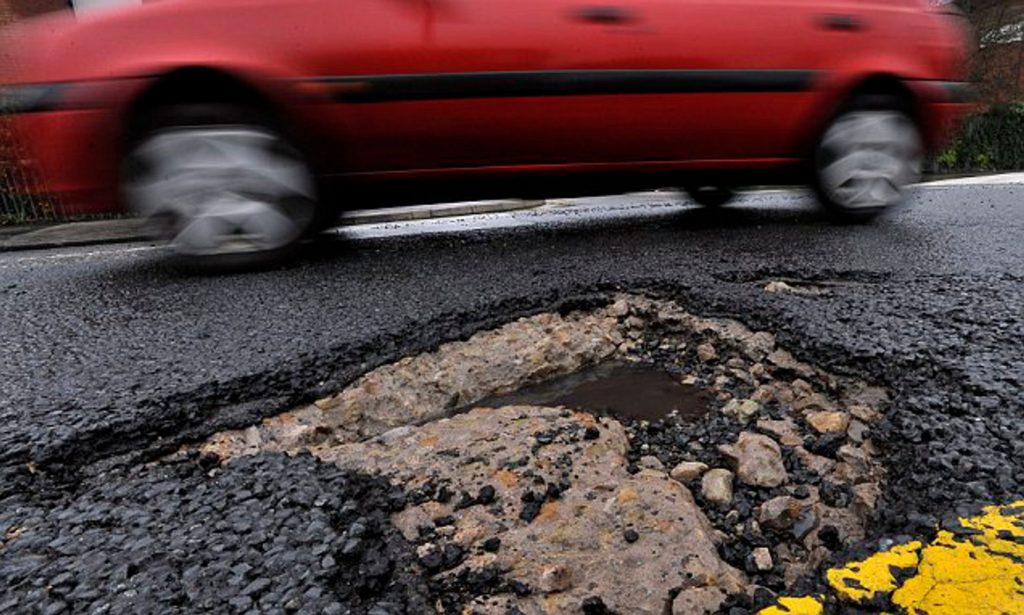As climate change continues to wreak havoc on the UK’s road infrastructure, the country faces a pressing challenge: how to combat the proliferation of potholes and ensure the resilience of its extensive network of roads. With an estimated 750,000 potholes reported across the UK in 2023 alone, the need for innovative solutions has never been more urgent.
Potholes, the bane of motorists and cyclists alike, are not merely a nuisance but a symptom of underlying issues exacerbated by climate change. The compounding effects of water infiltration, traffic wear, and freeze-thaw cycles have long plagued road surfaces, leading to costly repairs and safety hazards. However, with the advent of groundbreaking technologies and materials, there is hope on the horizon for a more sustainable approach to road repair.
One promising innovation is self-healing asphalt, a revolutionary material infused with steel fibers and epoxy capsules. When cracks form in the road surface, heat applied to the steel fibers triggers a self-repair mechanism, melting the asphalt and sealing the cracks. This innovative solution not only prevents water infiltration but also extends the lifespan of roads, reducing the need for frequent maintenance.
Another cutting-edge approach involves the use of bacteria in cement-based road materials to create self-healing roads. Tiny capsules containing bacteria are mixed into the cement during construction. When cracks occur, the capsules rupture, releasing the bacteria, which then produce calcite, effectively filling in the cracks and restoring the road surface. This natural healing process not only reduces the need for costly repairs but also promotes sustainability in road construction.
Graphene-reinforced asphalt represents yet another breakthrough in road repair technology. By incorporating graphene, a strong and flexible carbon material, into asphalt mixtures, the resulting material exhibits enhanced resistance to wear and tear. This innovation not only reduces the formation of potholes but also contributes to the longevity of road surfaces, ultimately saving time and resources.
In addition to innovative materials, advanced technologies such as ground-source heating and cooling systems offer promising solutions for improving road resilience. These systems help regulate road temperatures, preventing ice formation in winter and maintaining cooler surfaces in summer. By reducing the risk of weather-related damage, these technologies contribute to safer and more durable road infrastructure.
While the initial investment in these innovative solutions may be significant, the long-term benefits far outweigh the costs. Reduced maintenance expenses, increased safety, and enhanced sustainability are just some of the advantages of adopting these groundbreaking technologies. Moreover, investing in climate-resilient road infrastructure is essential for mitigating the impacts of climate change and ensuring the well-being of future generations.
As the UK faces increasingly severe and frequent extreme weather events, the time to invest in innovative road repair solutions is now. By harnessing the power of bacteria, self-healing technology, and advanced materials, we can pave the way for a more resilient and sustainable road network for generations to come. The road to recovery may be long, but with innovation as our guide, a smoother journey lies ahead.
